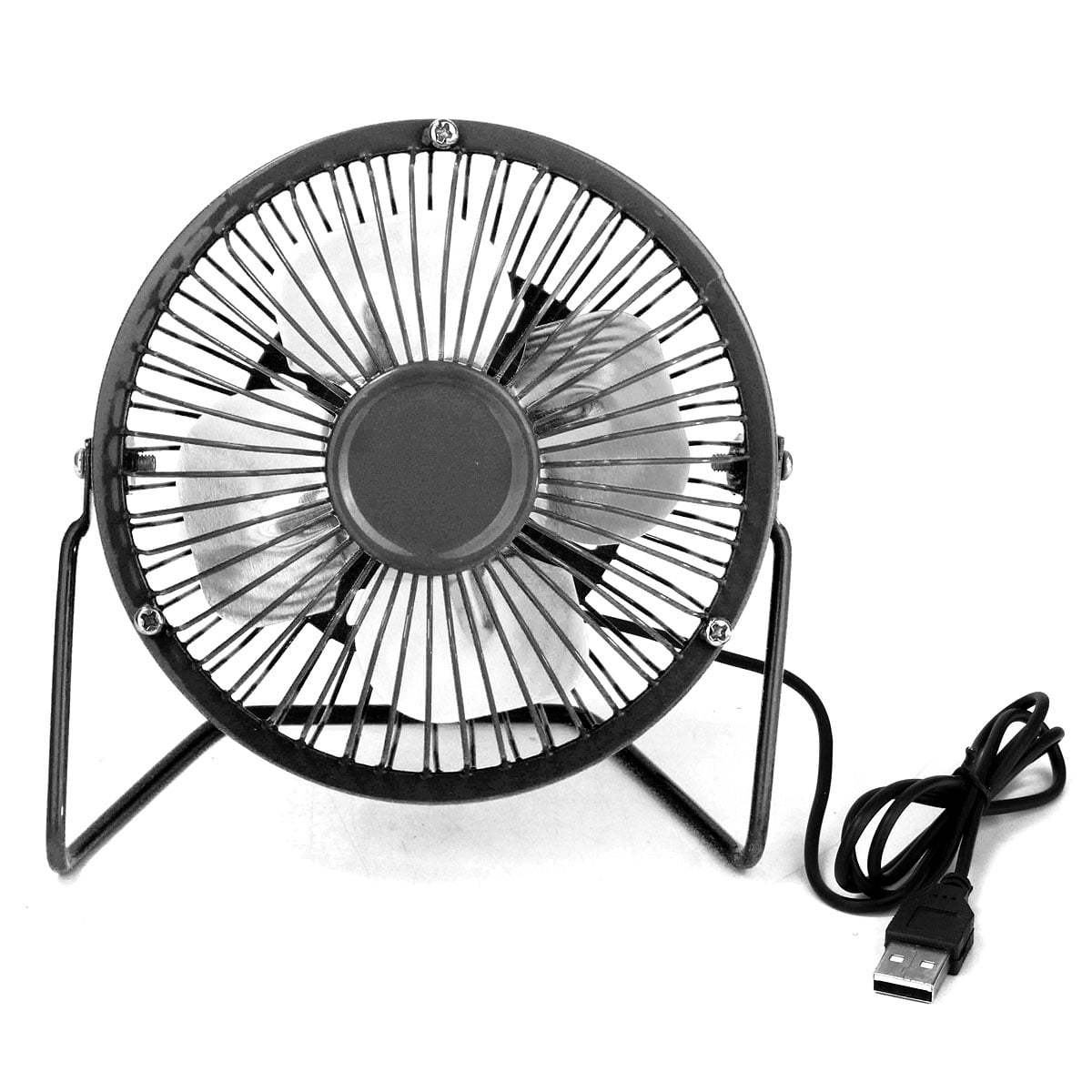


It's always recommended to choose a power supply unit that can provide a bit more power than what is calculated to have some headroom for future upgrades or to handle peak power usage. With options like support for transparency or animated GIFs, we are sure you will come up with many other innovative uses. Factors such as the overclock settings and peripherals can all affect the results of a PSU calculation. No matter if its your significant other, your favourite anime character, your pet or any other picture you like put it right on your desktop for anyone to see. It's important to note that the results of PSU calculations can vary depending on the specific components being used, as well as the configuration of the computer system and usage pattern. Some PSU calculators also take into account additional factors such as overclocking, the number of hard drives, and other peripherals that are being used in the system, to provide a more accurate estimate of power consumption. 90.8W added to 84W (the power output of 12Va) equals 174. This is because, using the equation P VI, the outputs are actually producing 90.8W. First of all, the 3.3V and 5.08V outputs cant be limited to 70W, in theory. It then uses this information, along with data from its database of power consumption ratings for various components, to estimate the total power consumption of the system. Then there are 12Va (7A) and 12Vb (10A) outputs. The calculator typically prompts the user to input information about the specific components that are being used in the system, such as the make and model of the CPU, GPU, and other parts. They use information such as the wattage of the CPU, GPU, and other components to estimate the total power consumption of the system. Power supply unit (PSU) calculators work by analyzing the components in a computer system and determining the power requirements of those components.


 0 kommentar(er)
0 kommentar(er)
